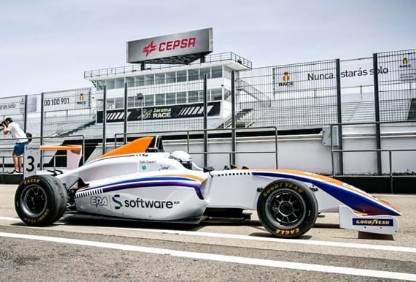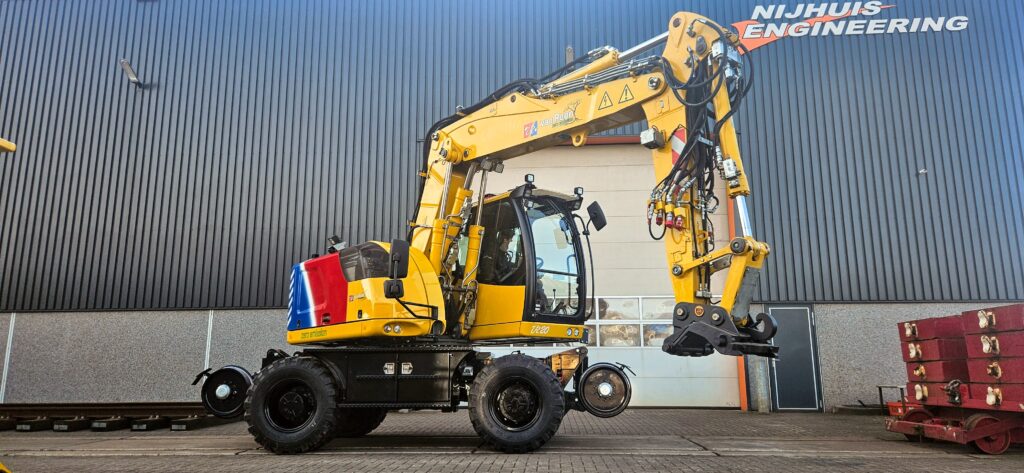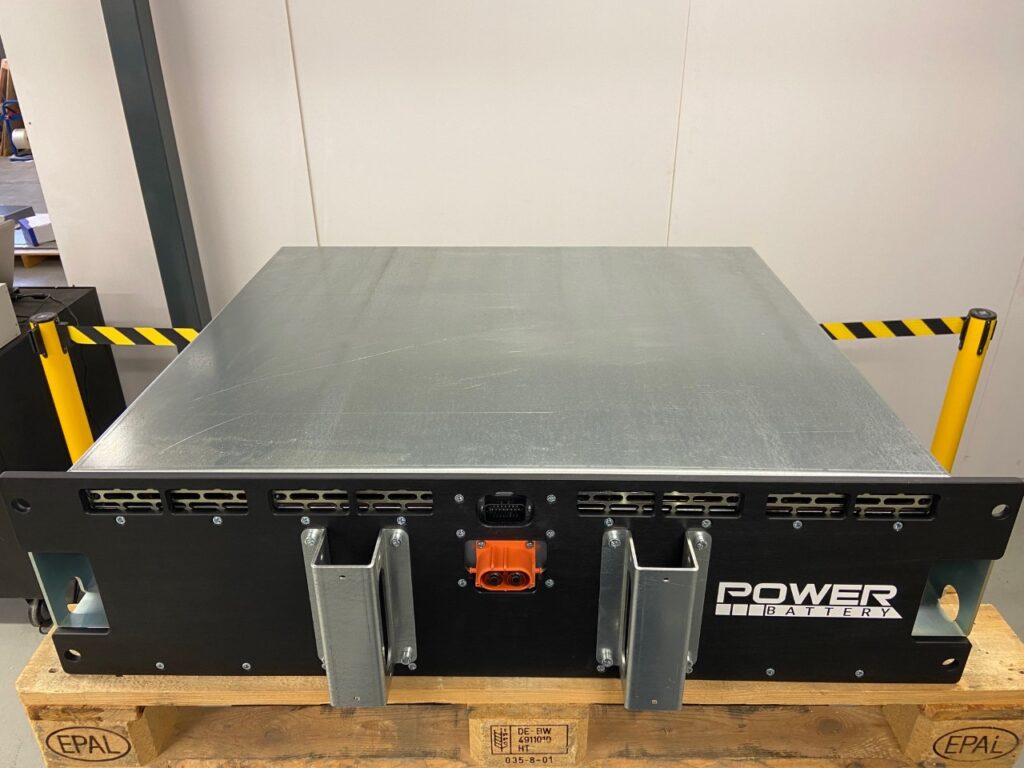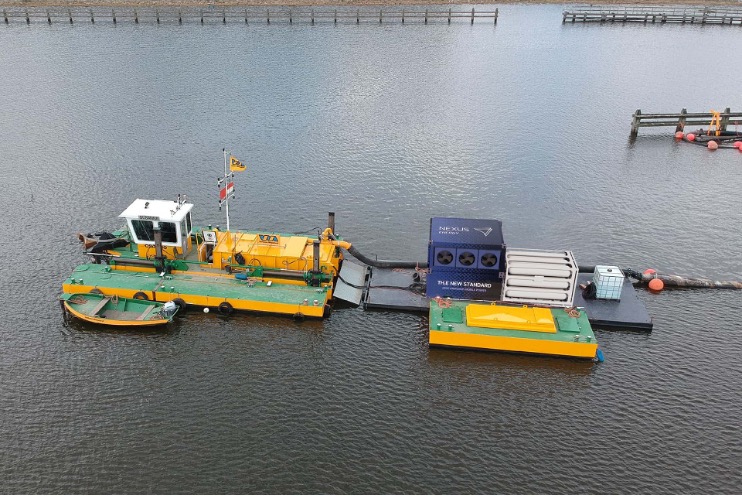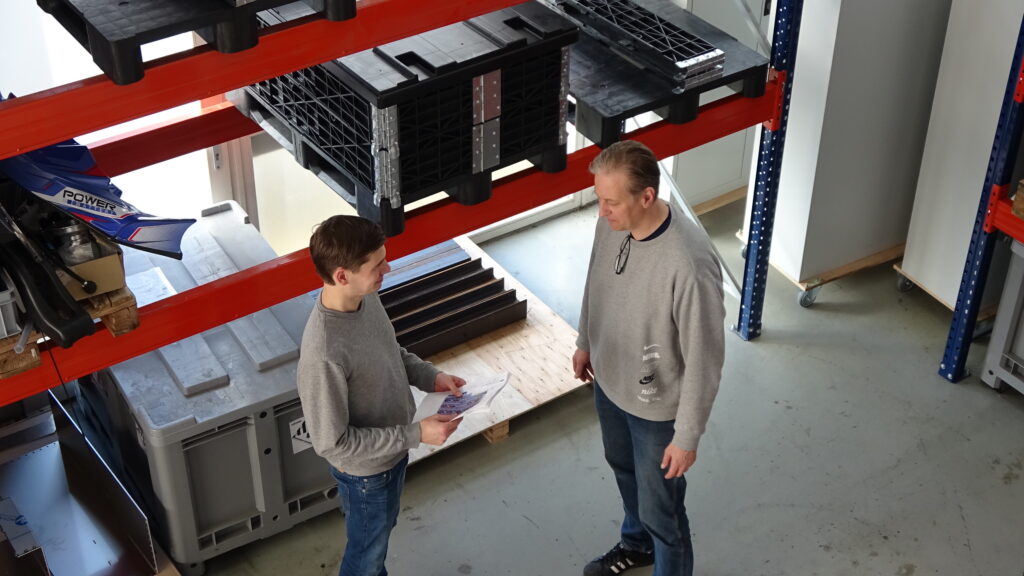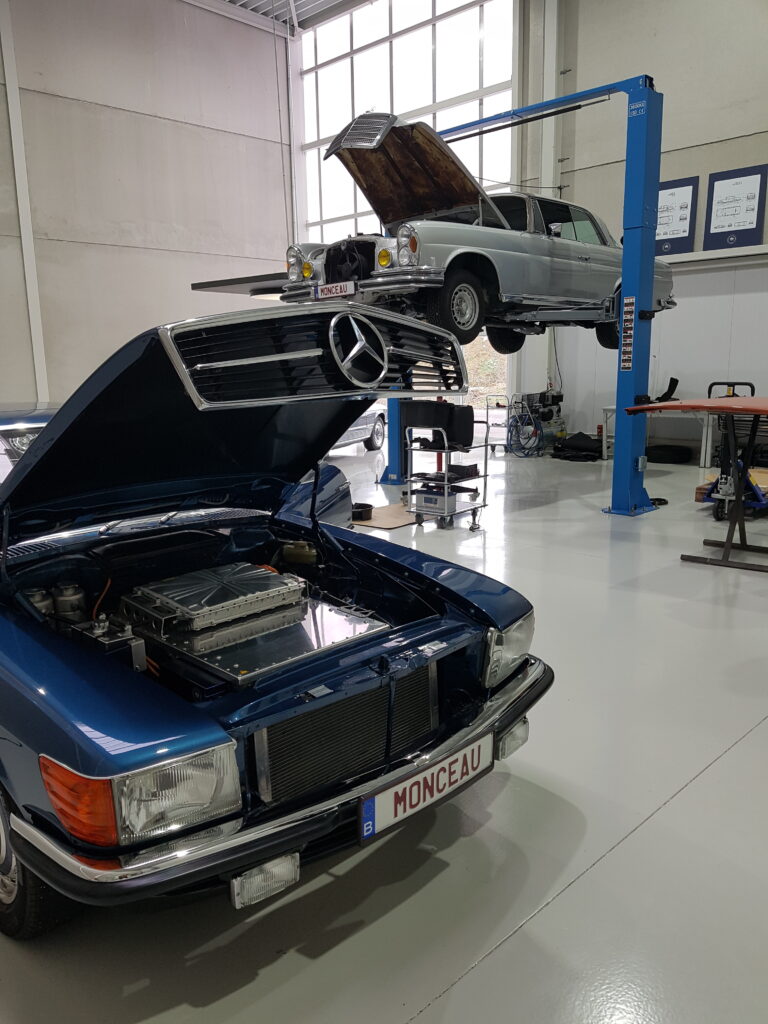
Retrofit: Klassieke elektrische auto’s
Geef klassiekers nieuw leven met onze retrofitoplossingen. Steden bannen oude voertuigen uit centra om uitstoot te verminderen. Ombouw naar elektrisch biedt duurzame toekomst.
Maatwerk batterijpakketten
Power Battery levert geavanceerde, op maat gemaakte batterijoplossingen voor het elektrificeren van klassiekers. We werken nauw samen met retrofitbedrijven en eigenaren om de perfecte energiebron te creëren voor hun unieke projecten.
Onze aanpak
- Consultatie: We bespreken de specifieke eisen van het voertuig en de gewenste prestaties.
- Ruimte-analyse: Zorgvuldige evaluatie van de beschikbare ruimte in de klassieker.
- Maatwerk ontwerp: Ontwikkeling van een batterijpakket dat optimaal past binnen de bestaande structuur.
- Prestatie-optimalisatie: Afstemming van capaciteit en vermogen op de behoeften van het voertuig.
Voordelen van onze maatwerk batterijpakketten
- Optimale ruimtebenutting: Maximale energiedichtheid binnen de beschikbare ruimte.
- Behoud van voertuigkarakter: Minimale impact op gewichtsverdeling en rijgedrag.
- Flexibele configuraties: Aanpasbaar aan verschillende klassiekermodellen en conversieprojecten.
- Geavanceerde veiligheidsfeatures: Ingebouwde bescherming tegen oververhitting en overbelasting.
- Compatibiliteit: Ontworpen om naadloos samen te werken met verschillende elektromotoren en besturingssystemen.
Expertise en kwaliteit
Onze ingenieurs hebben uitgebreide ervaring in het ontwerpen van hoogwaardige batterijsystemen voor diverse toepassingen. We gebruiken alleen de beste componenten om betrouwbaarheid en duurzaamheid te garanderen.
Samenwerking met retrofitbedrijven
We werken nauw samen met gespecialiseerde retrofitbedrijven om een naadloze integratie van onze batterijpakketten in hun conversieprojecten te verzekeren. Onze technische ondersteuning staat garant voor een succesvol eindresultaat.
Door te kiezen voor een Power Battery maatwerk batterijpakket, bent u verzekerd van een hoogwaardige energiebron die perfect is afgestemd op de unieke eigenschappen van uw klassieke auto.
